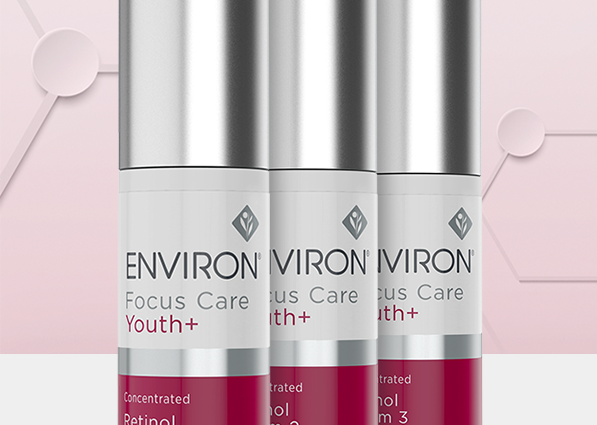Without much exaggeration, retinol, or vitamin A, can be called one of the most popular ingredients in recent years — new products with this component in the composition continue to be released monthly. So why is it good for the skin and how best to use it to maintain youth and beauty?
Retinol is the second name for vitamin A, discovered in 1913 simultaneously by two independent groups of scientists. It is no coincidence that retinol received the letter A — it was indeed the first to be discovered among other vitamins. In the human body, it is produced from beta-carotene and is involved in a huge number of processes — it is necessary for healthy skin, hair, bones and vision, strong immunity, a healthy gastrointestinal tract and respiratory system. In general, its importance is difficult to overestimate.
On the other hand, an excess of vitamin A is harmful and even dangerous — many people are probably familiar with stories about polar explorers who got poisoned by eating polar bear liver. The reason is just the high content of vitamin A in this organ of northern animals. Therefore, you should not rush to prescribe retinol capsules for yourself — just supplement your diet with yellow, orange and red vegetables and fruits, fatty fish liver, butter, eggs and whole dairy products.
But integrating retinol into skin care is justified, and here’s why. The main merit of retinol in its relationship with the skin is the normalization of cellular processes. It does not allow them to slow down, which invariably happens with age, stimulates cellular metabolism and exfoliation of dead cells, and therefore fits perfectly into anti-aging care and the fight against acne of varying severity. It simultaneously regulates the work of the sebaceous glands, makes the skin more elastic, evens out its relief and tone — a dream, not an ingredient.
If you have never used retinol cosmetics, first use it a couple of times a week at night
It is worth noting that, speaking of retinol in the composition of cosmetics, experts and manufacturers mean a whole group of substances — retinoids, or retinol derivatives. The fact is that the so-called true form of vitamin A (actually, retinol) is very unstable and quickly collapses under the influence of oxygen and sunlight, and therefore it is difficult to create a successful formula with this ingredient — a cosmetic product loses its effectiveness very quickly.
Here, more stable forms or synthetic analogues come to the rescue. The former include, for example, retinol acetate and retinol palmitate, while the latter include adapelene, one of the most popular forms for treating problem skin.
There is also a fly in the ointment in this barrel of honey — an excess of retinoids in care can threaten skin irritation, its dryness and flaking. Therefore, it is worth integrating the product with this ingredient gradually, observing the skin reaction. If you have never used retinol cosmetics, first use it a couple of times a week at night — if the skin does not feel discomfort, increase the number of weekly uses.
It’s also worth starting with lower concentrations and formulas that combine retinol with good soothing and moisturizing ingredients, such as vegetable oils or squalane. If, nevertheless, making friends with retinol does not work out in any way and the skin constantly “gives out irritation”, it is worth trying the plant analogue of this component — bakuchiol. Funds with it are also gaining popularity.
Another important point — retinol can increase the sensitivity of the skin to sunlight. It turns out that the same agent that effectively fights age spots can contribute to their appearance. Therefore, experts advise using SPF products in parallel with retinol products, so that its properties bring only benefits, which is difficult to overestimate.










